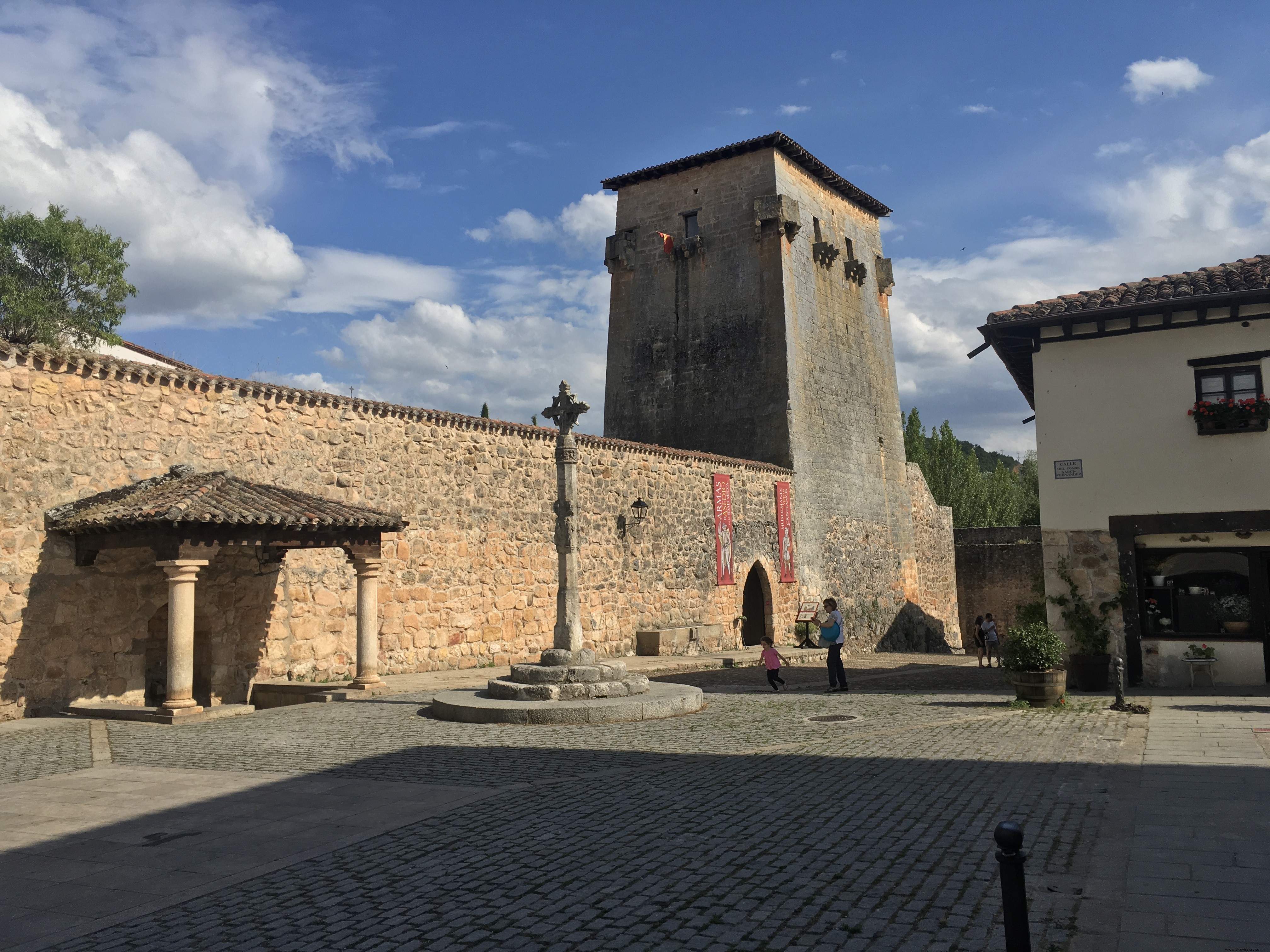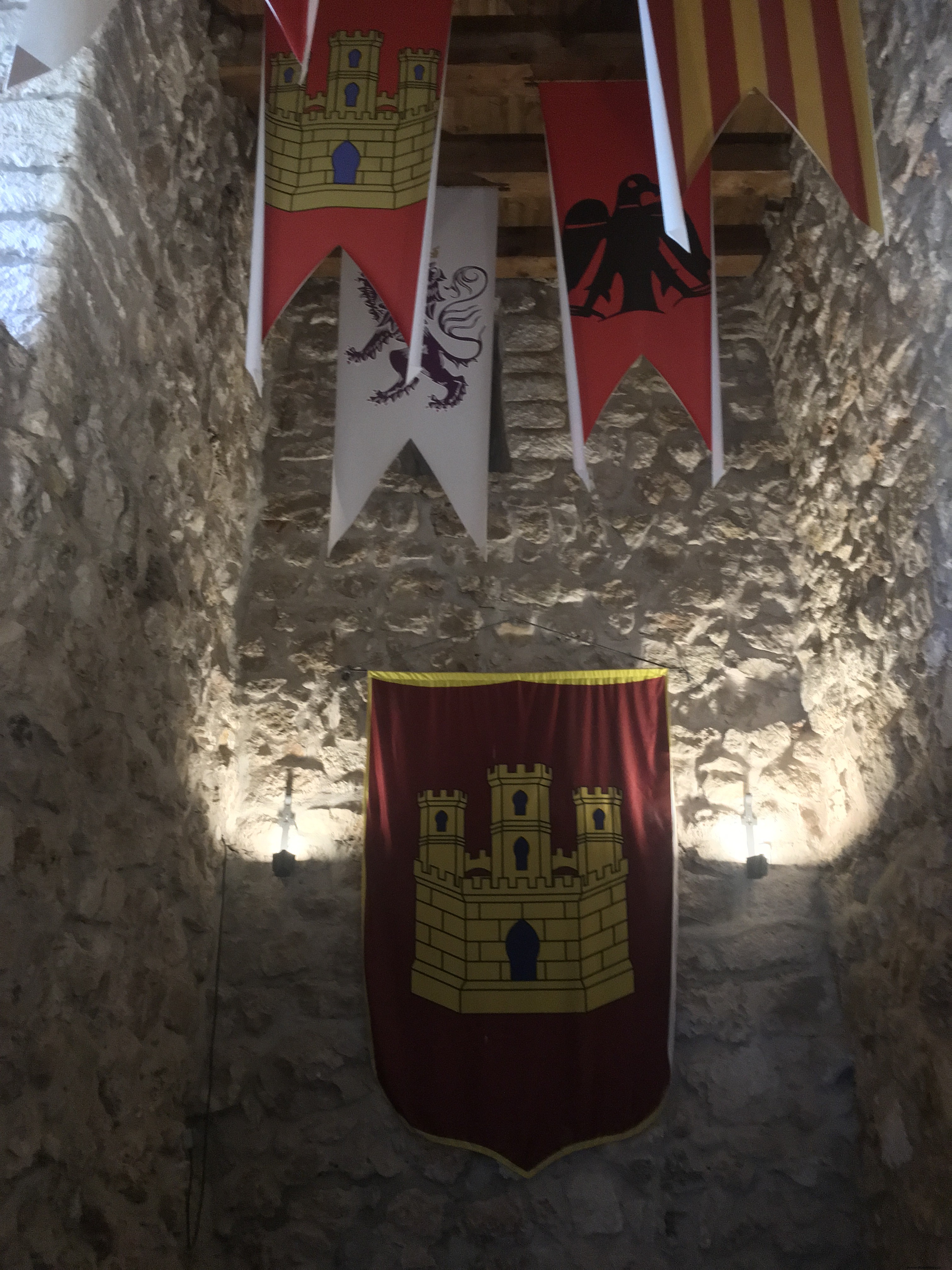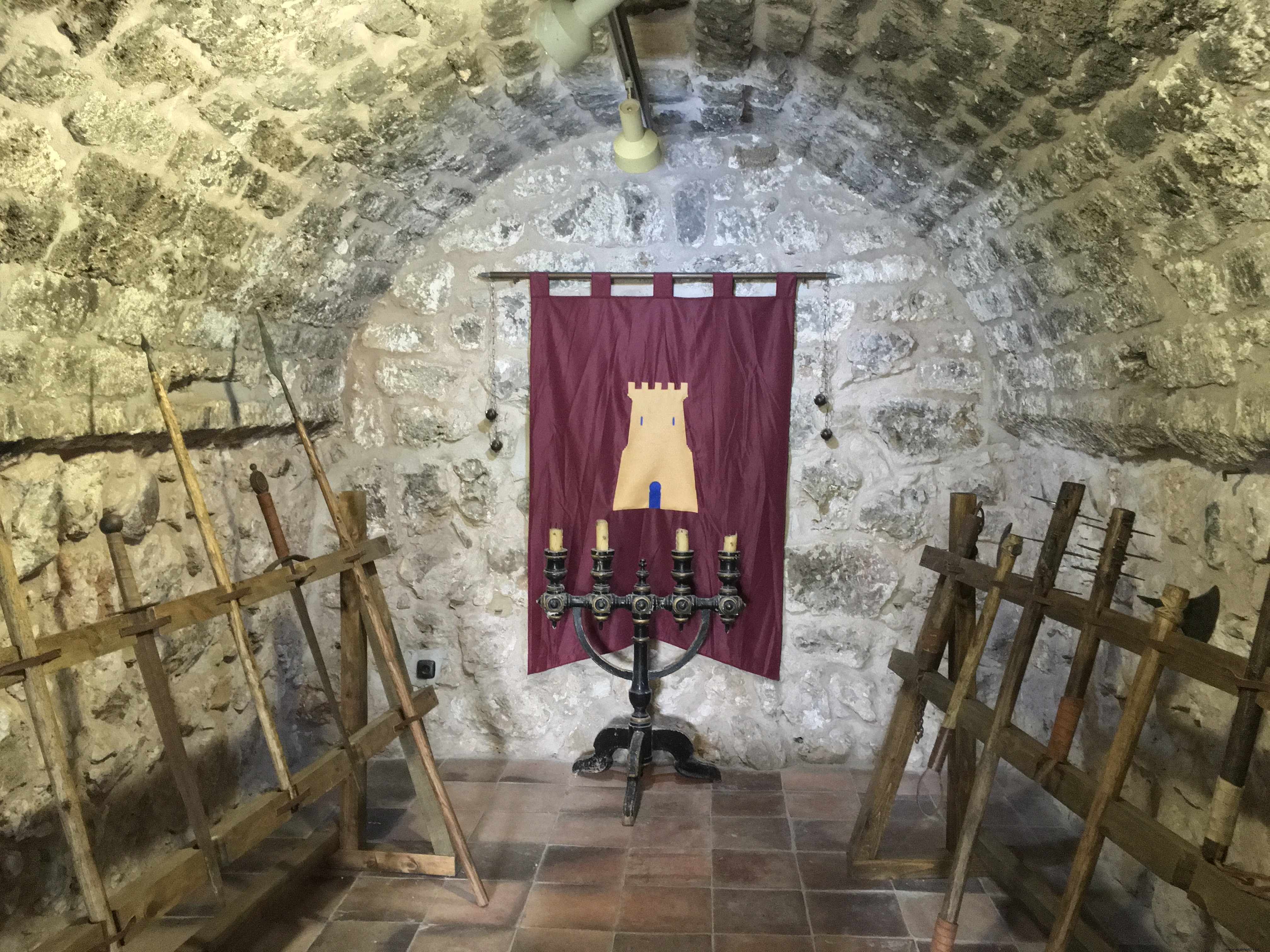Entry taken from the book From Covadonga to Tamarón.
On many occasions and by many authors it has been considered that the county of Castile obtained its independence from the kingdom of León under the mandate of Count Fernán González, who held the position between the years 932 and 970 and who is considered the first independent count of Castile. But there are other authors who oppose this interpretation and maintain that Castile, while it was a county (until 1065), never became independent from the kingdom of León. The objective of this entry is to analyze (objectively and away from any interested interpretation in one way or another) the sources that speak of the independence of the county of Castile and the reasons on which these sources were based.
1.- The figure of Fernán González
The first mention of Fernán González as Count of Castile is a diploma awarded at the monastery of San Pedro de Cardeña in the year 932 (some document dating from earlier dates can be ruled out as « manufactured" later). Previously, he had the position of Count of Lara in the year 929. He was the son of Gonzalo Fernández, who was in turn Count of Castile and Burgos.
In the year 932 King Ramiro II decided to reward the fidelity of one of his main servants (and possibly put an end to the problems he had had) by dismissing several counts and appointing for replace them with one man. Thus, Fernán González concentrated ownership of the counties of Castilla, Lara, Burgos, Cerezo and Lantarón, as well as Álava (as evidenced by a diploma from the monastery of San Román de Tovillas). In fact, Fernán González replaced the previous Count of Álava (Álvaro Herramélliz) not only in the county dignity, but also in the condition of husband of Sancha, daughter of Queen Toda of Pamplona, who had previously been married to the Leonese King Ordoño II. , died in the year 924.

When the monarch died, Sancha remarried the aforementioned Count of Álava Álvaro Herramélliz. But, although we do not know if he stopped being count because he died or because he was deposed and replaced by Fernán González, the truth is that this Álvaro must have died shortly after, since in the year 933 Sancha is already recorded as the wife of Fernán González. This marriage had another important component:it made the Castilian count the brother-in-law of King Ramiro, married to another daughter of Queen Toda of Pamplona, named Urraca.
When and on what basis did it begin to be pointed out that Fernán González was the first independent count of Castile?
2.- Medieval historical sources
The alleged independence of the county of Castile began to be mentioned in stories from the 12th and 13th centuries that were due to very delicate and specific moments in the relations between Castile and León and can be talk about four versions of the myth:
a) Fernán González as liberator of the county :the first mention of this version that maintains that the count led a process of military rebellion against the king of León appears in the so-called Crónica Najerense mid-twelfth century (two hundred years after the events referred to) and is later collected in the work called De rebus Hispaniae, written during the first half of the thirteenth century.
The first of these works was written by a monk from the monastery of Nájera between 1185 and 1193 and an earlier work called Historia Roderici would serve as a source. This chronicle points out that it is said that Fernán González «pulled the Castilians out of the yoke of the domination of León».
Between the two works we have cited, other chronicles are written, such as the Liber regum, the Chronicon mundi by Lucas de Tuy (1236) or the Latin Chronicle of the Kings of Castile that in no way refer to an independence from the county achieved by Fernán González.
Regarding De rebus Hispaniae , is the work of the archbishop of Toledo Rodrigo Jiménez de Rada, one of the main participants in the great battle of Las Navas de Tolosa and a very close adviser to the kings of Castile Alfonso VIII and Fernando III.
This is a "historical" chronicle full of licenses and inaccuracies, written at the request of this last monarch and drawing from different sources. Jiménez de Rada writes about Fernán González:«after being elected count, he watched over all of Castile with a government so full of peace that everyone thanked God because through such a count he had freed his people from the weight of slavery».
As we said, we must take into account the moment of relations between Castilla and León in which these two works were written.
The Najerense corresponds to a time when both kingdoms were separated and experiencing difficult relations between their kings Alfonso VIII of Castile and Alfonso IX of León and in a monastery, that of Nájera, which was torn between Castile and Navarre and belonged to the order of Cluny, in clear decline against the Cistercians, and which was supported by the sovereigns of Castile. It was important at that time to strengthen the ties of the monastery and Cluny with Castile against Navarre and the Cistercians, to exalt the kingdom of Castile against its rivals, the most important of which (among the Christian kingdoms) was then León. That is why a narration possibly of minstrelsy origin was used to highlight the heroic character of the Castilian fight in distant times against León.
The circumstances were very different at the time of writing Jiménez de Rada's work, since Castilla y León had been unified under the mandate of the king who commissioned its writing, Fernando III. The author (himself Archbishop of Toledo) probably considered it important to emphasize the heroic origins of Castile, which was the most powerful of the two newly unified kingdoms and the one with the greatest potential for expansion at the expense of the Muslim enemy.

b) The judges of Castile :I recently dedicated a blog post to this issue, so I refer to it. Suffice it to point out here that this myth (practically all authors rule out its veracity) was constructed to highlight the links of the two alleged judges with Fernán González (in the case of Judge Nuño Rasura) and with El Cid Campeador (in the case of Judge Lain Calvo).
c) Royal Concession:The Legend of the Horse and the Goshawk :According to this story, both animals were owned by Count Fernán González and King Sancho I fell in love with them, so Fernán decided to give them to him. He insisted the monarch pay his price, set at a very small amount, but it would increase over time, since the king forgot to pay it. When the subject came up again seven years later, the amount of the debt was so astronomical that the count proposed to forgive it in exchange for the independence of Castile.
This story comes from the Poema de Fernán González, work from the middle of the 13th century by an unknown author, probably of Castilian origin. This part of the poem has reached us through the Estoria de España of Alfonso X and its origin is unknown, although there are those who associate it with the time of the reunification of Castile and León under Ferdinand III, in which the king of Castile, upon the death of his father Alfonso IX of León in 1230, bought the possible rights to the throne of his half-sisters Dulce and Sancha (see the blog entry on this for more information). A legend, in any case.
d) Legal independence of Castile: a brief text from the 14th century, known as Derecho de Castilla la Vieja, after referring to the stories of the judges of Castile and the horse and the goshawk, narrates how the Castilians came to burn copies of the Fuero Juzgo in Burgos as a sign of its independence and the identity of Castilian law against Leonese law, but it is not a reliable source either because of the time that has elapsed or because of its content.
 Once the sources that speak of the independence of the county of Castile have been pointed out, it is necessary to discuss how and why what was used and elevated to the category of historical truth by the historiography of the 19th and 20th centuries, to end with the authors and arguments that, especially from the 1960s, have tried to analyze the historical facts to demonstrate that independence of the county of Castilla never came to be produced. I will dedicate the second entry of this series to this.
Once the sources that speak of the independence of the county of Castile have been pointed out, it is necessary to discuss how and why what was used and elevated to the category of historical truth by the historiography of the 19th and 20th centuries, to end with the authors and arguments that, especially from the 1960s, have tried to analyze the historical facts to demonstrate that independence of the county of Castilla never came to be produced. I will dedicate the second entry of this series to this.
Image| Author Archive
Fonts|
Andrés Altés Domínguez. The independence of the county of Castile. Genesis and meaning of a myth (ss. XIX-XXI). Editions of the Ergastula. Madrid 2017.
Gonzalo Martínez Díez. The county of Castile (711-1038). History versus legend (I). Marcial Pons Editions of History. 2005.
Daniel Fernández de Lis. From Covadonga to Tamarón. The history of the Asturian-Leonese monarchy from Pelayo to Vermudo III.
